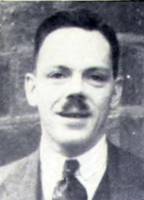 |
 |
| Mr & Mrs Laurie | |
 |
 |
| Mr & Mrs Laurie | |

Children at Hadfield Nursery School when it first opened in January 1938 |
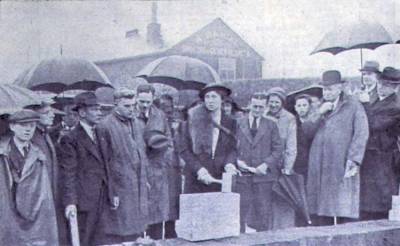
Laying of the Foundation Stone |
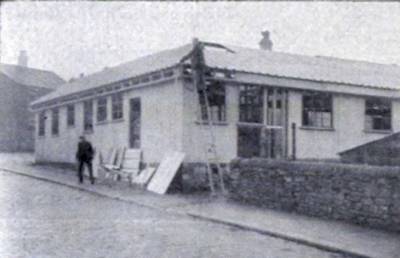
Hadfield Nursery School under construction in January 1939 |
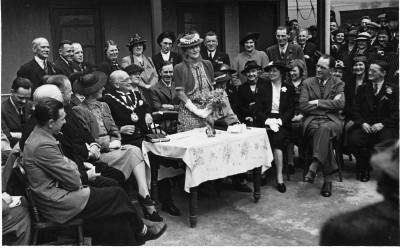
Lady Astor opening the new school building 21 June 1939 |
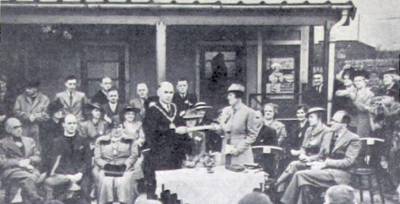
Official handover to the council 22 July 1941 |